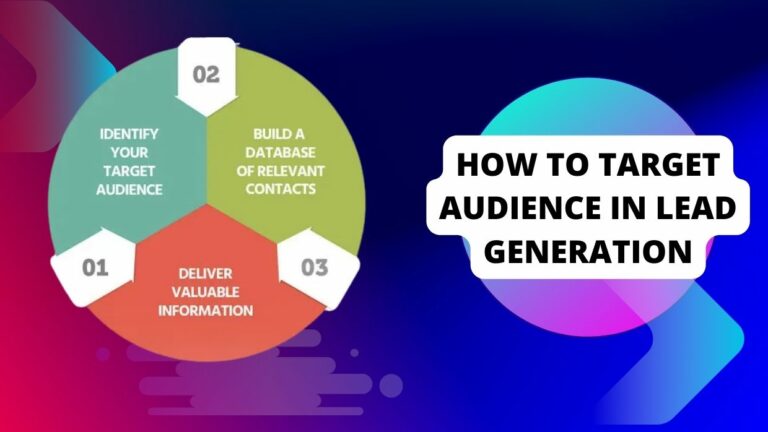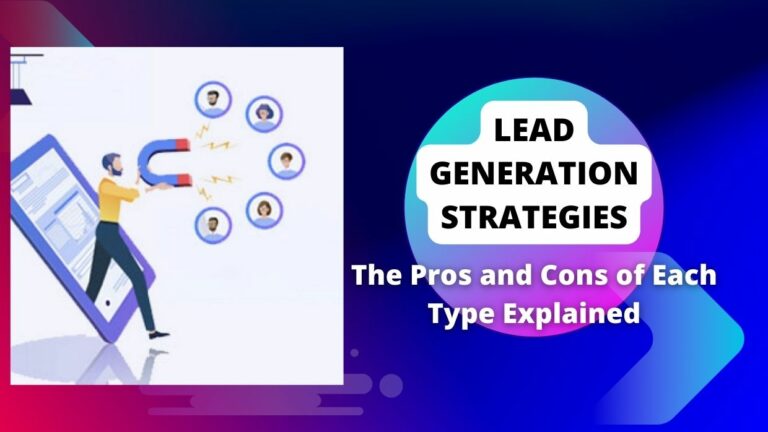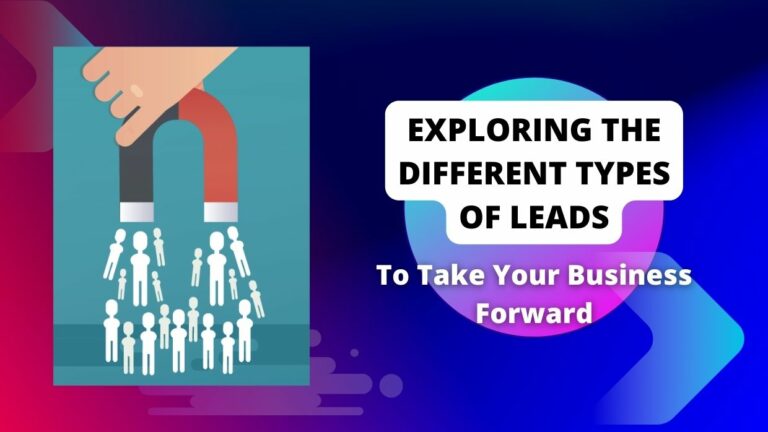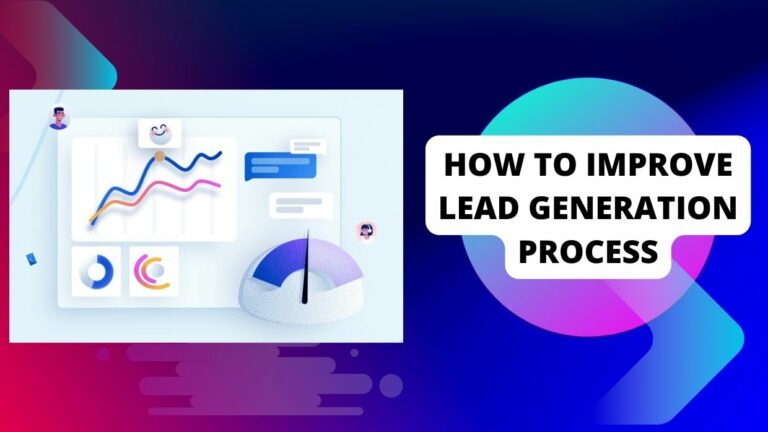What Is Lead Management in Marketing
In this article, we’ll be “Exploring Lead Management: The 5 Key Steps To Effectively Manage Your Leads” to ensure that your lead management process is running smoothly and efficiently. Every business needs to find new customers in order to grow its operations, and the most effective way to do this is through lead management. Find out how you can identify potential leads, nurture them effectively, and convert them into paying customers!
What is Lead Management?
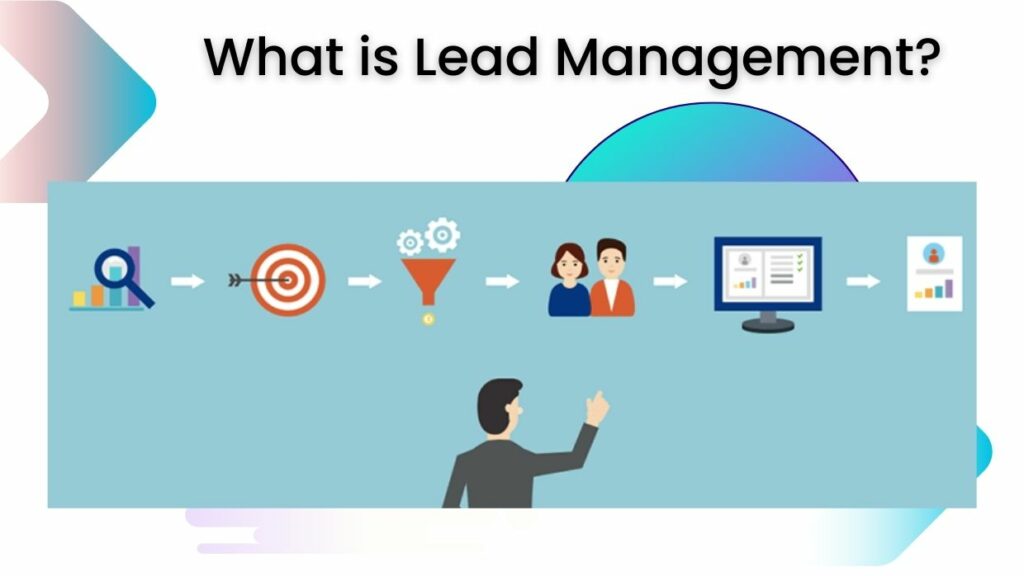
Lead management is the process of identifying, nurturing, and converting leads into customers. It’s a crucial part of the sales process that helps you close more deals and drive revenue growth.
Lead management works by tracking leads from the moment they enter your system to the moment they convert into customers. You can track and segment your leads, nurture them with automated messages, score them based on how likely they are to buy, and even automate follow-ups. With lead management tools, you can stay organized and in control of your sales pipeline.
Read more… Generating Leads: The 5 Best Strategies For Reaching Your Target Audience
Identifying Potential Leads
The first step in managing your leads is to identify which leads have the potential to turn into customers. To do this, you’ll need to gather information about each lead and assess their needs.
There are a few ways to gather information about potential leads:
- Research online: Use Google or another search engine to research potential leads. Look for news articles, press releases, or other information that can give you insights into their business.
- Connect on social media: Connect with potential leads on social media sites like LinkedIn or Twitter. This can help you learn more about their interests and see what kind of valuable content they’re sharing.
- Attend events: Attend events that potential leads are likely to attend. This can help you network with them and learn more about their business goals.
Once you’ve gathered information about potential leads, it’s time to assess their needs. Consider what they’re looking for and whether your product or service is a good fit. You should also consider how ready they are to buy – are they just starting their research or are they ready to make a purchase?
By taking the time to identify potential leads and assess their needs, you’ll be able to better focus your efforts on converting them into customers.
Qualifying and Nurturing Leads
After you’ve generated leads through your marketing efforts, it’s time to qualify and nurture them. By qualifying your leads, you’ll be able to prioritize which ones are ready to buy and which ones need more nurturing. To qualify for a lead, you’ll want to consider factors like budget, authority, need, and timeline.
To nurture your leads, you’ll need to create targeted content that speaks to their specific pain points. You can use email marketing, social media, and your website to deliver this content. If you have a CRM system in place, you can use automation rules to score and segment your leads so that you’re always delivering the right message at the right time.
Establishing Contact with Prospective Customers
The third step in effective lead management is establishing contact with prospective customers. This can be done through a variety of means, such as email, phone calls, or even personal visits. The important thing is to make sure that you are reaching out to your prospects in a way that is comfortable for them and that you are providing them with information that is relevant to their needs.
Some tips for establishing contact with prospective customers include:
- Make sure you have the right contact information before reaching out. Verify email addresses and phone numbers so that you can be sure your messages are getting through.
- Start with a brief message or call. You don’t want to overwhelm your prospects with too much information at first. Give them a taste of what you have to offer and let them know how they can learn more.
- Be polite and professional. Remember that you are representing your company and you want to make a good impression.
- Follow up after initial contact. If you don’t hear back from a prospect right away, reach out again after a few days to see if they have any questions or if there’s anything else you can do to help them make a decision.
Building Relationships with Your Leads
As your leads move through your sales process, it’s important to continue building relationships with them. Nurturing your leads will help you better understand their needs and how your product or service can help solve their problem. It will also allow you to build trust and credibility with them so that when they are ready to buy, they will think of you first.
There are a few key things to keep in mind when building relationships with your leads:
- Be responsive. When a lead reaches out to you, whether it’s by email, phone, or social media, be sure to respond quickly. Showing that you’re responsive and available will build trust and make them more likely to do business with you.
- Be helpful. When you’re talking with a lead, always try to be helpful. Even if they’re not ready to buy yet, providing useful information and resources can show that you’re knowledgeable about their needs and wants.
- Be personal. Take the time to get to know your leads on a personal level. Find out what their interests are, what they like to do for fun, etc. The more personal connection you have with them, the more likely they are to do business with you down the road.
Closing Deals
After you’ve worked so hard to generate leads and get them interested in your product or service, it’s time to close the deal. Here are some key steps to successfully closing deals:
- Keep your sales process organized.
Make sure you have a clear understanding of your sales process and what needs to happen at each stage. This will help you know when a lead is ready to be closed and avoid chasing after leads that aren’t ready yet.
- Build relationships with your leads.
The better you know your leads, the easier it will be to close them. Take the time to build relationships and get to know them on a personal level. This will make them more likely to trust you and do business with you.
- Be prepared for objections.
No matter how good your product or service is, there will always be objections from some leads. Be prepared ahead of time with counterarguments and solutions so you can overcome any objection quickly and efficiently.
- Don’t be afraid to ask for a sale.
Many salespeople make the mistake of assuming that the lead is going to buy without being asked. Don’t be afraid to directly ask for the sale when you feel like the lead is ready. Oftentimes, all it takes is a little push to get them over the edge into becoming paying customers.
learn more… Exploring The Different Types Of Leads To Take Your Business Forward
Conclusion
Lead management is a critical part of any successful business. By following the five key steps outlined in this article, you can ensure that your leads are managed effectively and efficiently. Investing time and resources into lead management will help you increase conversion rates and maximize ROI. With an effective lead management system in place, your business will be better equipped to handle incoming leads while also creating more meaningful relationships with existing customers.


